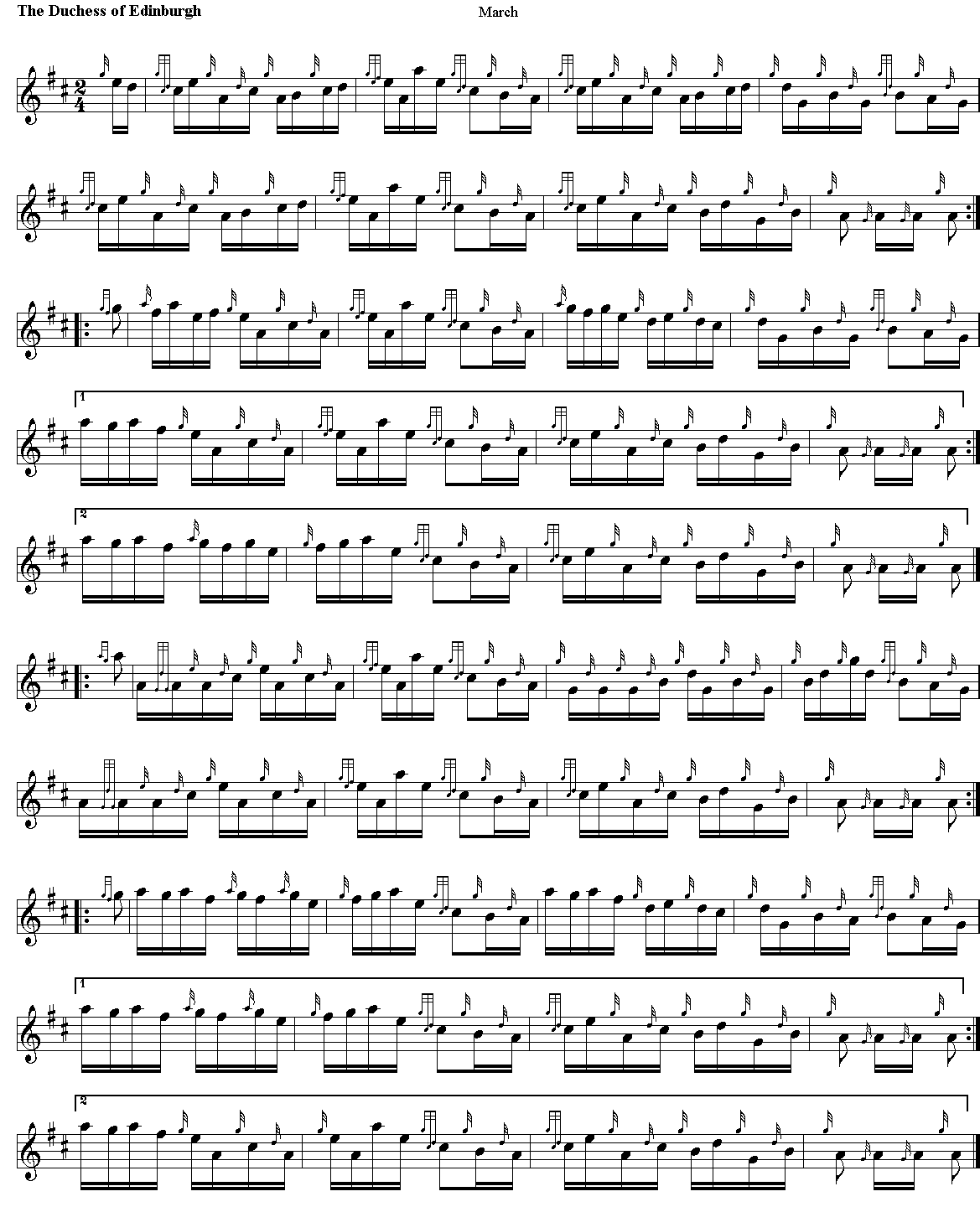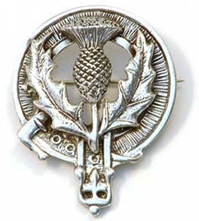|
Duchess of Edinburgh
is the principal courtesy title held by the wife of the Duke of
Edinburgh.
The three Duchesses of Edinburgh (and the dates the individuals
held that title) are as follows:
Princess Augusta of Saxe-Gotha (1736–1751) was also Princess of
Wales between 1736 and 1751, and Dowager Princess of Wales
thereafter. Princess Augusta's eldest son succeeded as George
III of the United Kingdom in 1760, as her husband, Frederick,
Prince of Wales, had died nine years earlier.
Grand Duchess Maria Alexandrovna of Russia (1874–1900) was the
fifth child and only surviving daughter of Tsar Alexander II of
Russia and his first wife Tsarina Maria Alexandrovna. She was
the younger sister of Tsar Alexander III of Russia and the
paternal aunt of Russia's last Tsar, Nicholas II. In 1874, Maria
Alexandrovna married Prince Alfred, Duke of Edinburgh, the
second son of Queen Victoria and Prince Albert; she was the
first and only Romanov to marry into the British royal family.
In August 1893, Maria Alexandrovna became Duchess of Saxe-Coburg
and Gotha when her husband inherited the duchy on the death of
his childless uncle, Ernest II, Duke of Saxe-Coburg and Gotha.
The Princess Elizabeth (1947–1952) is, and has been from her
accession in 1952, Queen of the United Kingdom. From her
marriage in 1947 to her accession in 1952, she was styled HRH
The Princess Elizabeth, Duchess of Edinburgh. Elizabeth met her
future husband, Prince Philip of Greece and Denmark, in 1934 and
1937. They are second cousins once removed through King
Christian IX of Denmark and third cousins through Queen
Victoria. After another meeting at the Royal Naval College in
Dartmouth in July 1939, Elizabeth—though only 13 years old—said
she fell in love with Philip and they began to exchange letters.
Their engagement was officially announced on July 9, 1947.
Before the marriage, Philip renounced his Greek and Danish
titles, converted from Greek Orthodoxy to Anglicanism, and
adopted the style Lieutenant Philip Mountbatten, taking
the surname of his mother's British family. Just before the
wedding, he was created Duke of Edinburgh and granted the style
His Royal Highness.

|



